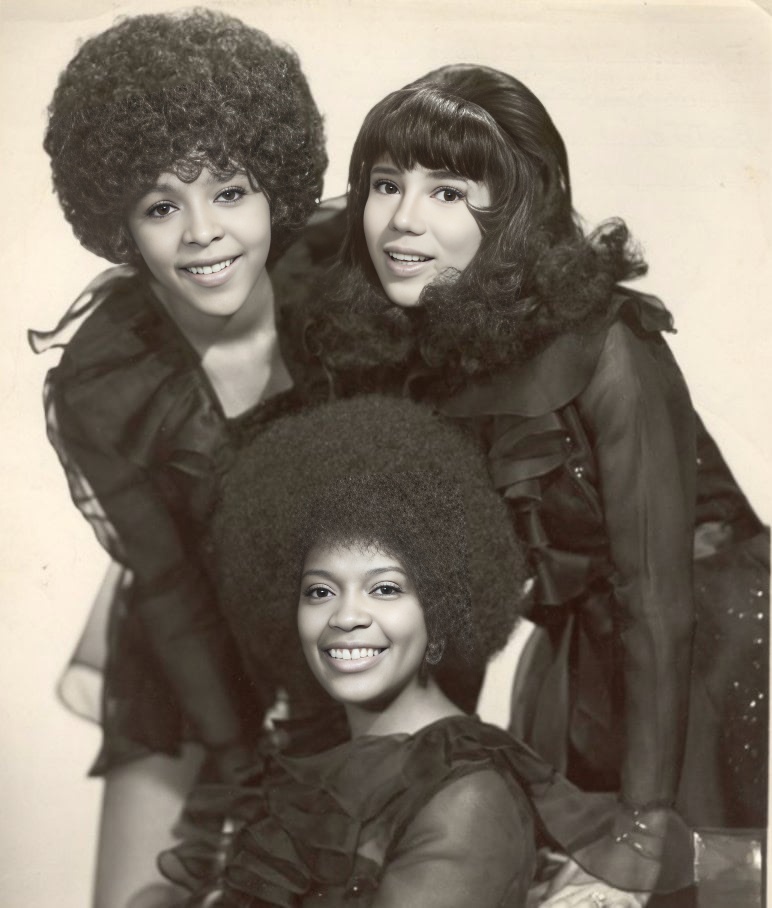
“Da Doo Ron Ron,” a quintessential 1963 hit by The Crystals, remains a timeless example of the “Wall of Sound” production style pioneered by Phil Spector. The Crystals were an American girl group hailing from New York City, known for their early 1960s pop classics. Despite lineup changes and complexities surrounding their recordings (Spector often used different lead singers for various tracks attributed to The Crystals), the group left an undeniable mark on the music scene. They paved the way for future female vocal groups and helped define the sound of the era.
“Da Doo Ron Ron,” specifically, showcased the signature Spector sound with its dense instrumentation, echo-laden vocals, and infectious energy. The song shot up the Billboard Hot 100, reaching number 3, and achieved similar success internationally, solidifying its place in popular culture. It became a staple of radio airplay and a symbol of the carefree spirit of the early 60s.
Lyrically, “Da Doo Ron Ron” is deceptively simple. It describes a girl falling for a boy named Jimmy, who she admires despite not knowing much about him. The nonsensical phrase “Da Doo Ron Ron” serves as a catchy, rhythmic hook, capturing the intoxicating feeling of young love and infatuation. Its universal appeal lies in its simplicity; the relatable experience of being smitten, coupled with the irresistible beat, resonated with audiences worldwide.
Feedback for “Da Doo Ron Ron” has been overwhelmingly positive across generations. It is frequently cited as a feel-good classic, capable of instantly uplifting listeners. Its enduring popularity is evident in its continued presence in films, television, and commercials. Music critics have consistently praised its innovative production and catchy melody, recognizing it as a cornerstone of the girl group sound and a significant contribution to the evolution of pop music.